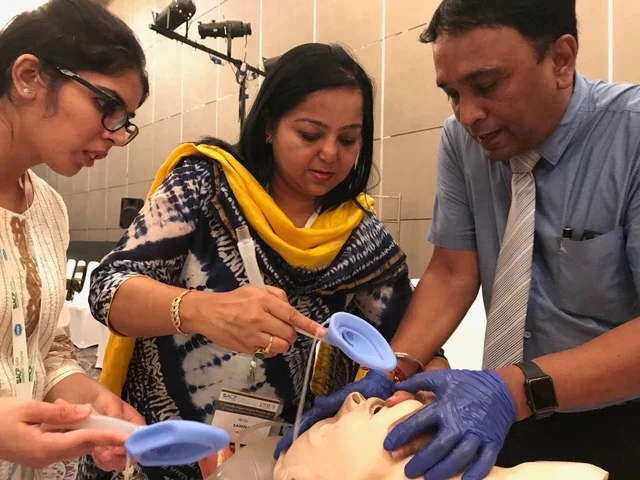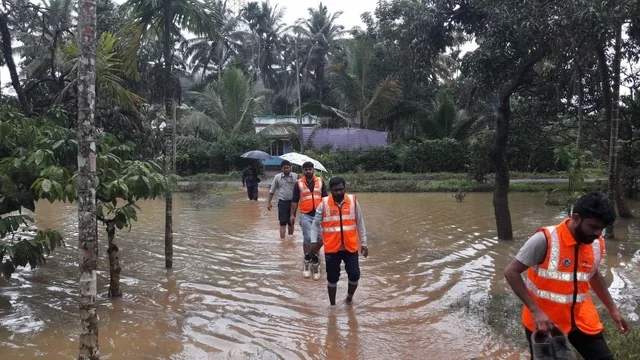Dr. Juan Manuel Gutierrez Cruz discusses the Colombian COVID-19 experience.
Emergency Physicians International was founded in 2010 as a way to tell the stories of the heroic men and women developing emergency medicine around the globe. This magazine is dedicated to their tireless efforts saving lives in the harshest conditions, 24/7/365.





















